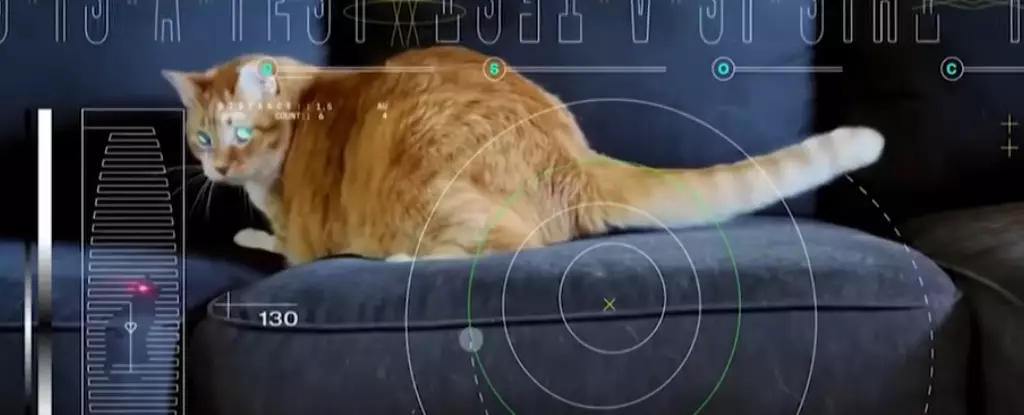In a remarkable crossover from simple maritime signaling to advanced space exploration, NASA’s Psyche mission demonstrates how far technology has evolved in communication. Utilizing a method reminiscent of ships signaling one another across vast oceans, the Psyche spacecraft employs a sophisticated laser communication system that transcends the limitations of traditional radio frequencies. Rather than the familiar sonar beeps or signals of yesteryear, the project illustrates how heat—specifically tailored infrared light—can facilitate high-speed data exchange over immense distances. Communicating across 240 million miles to Earth, Psyche’s achievements are akin to the technological leap from rudimentary lanterns to ultra-fast broadband.
The crux of this endeavor lies in the selection of infrared light, a choice made by NASA’s Jet Propulsion Laboratory (JPL). While conventional deep-space missions have relied on radio frequencies, the transition to infrared signals marks a significant evolution in space communication. Operating at a higher frequency enhances data transmission rates, resulting in an astonishing capacity to send and receive data at 267 megabits per second when in proximity to Mars—akin to ordinary broadband speeds experienced here on Earth. The potential implications for expanding data transfer capabilities in future interstellar missions are profound and suggest that we are on the cusp of a new era in space exploration where real-time data sharing could become a reality.
Distance complicates the phenomena of data transmission, a reality thoroughly tested during the first phase of the Psyche mission. As the spacecraft ventured further—reaching distances as far as 390 million kilometers from Earth—data rates inevitably declined, showcasing the inverse-square law’s effect on communication signals. Even during this significant distance, Psyche managed to maintain a respectable 6.25 megabits per second transmission rate, emphasizing that while distance poses challenges, effective solutions are within reach. This fall-off in speed reflects the natural limitations that any communication system must negotiate, making the accomplishments of the Psyche experiment even more notable.
One of the more whimsical attempts to showcase the laser communication capabilities was NASA’s decision to transmit an ultra-high-definition video featuring “Taters,” a playful cat, engaged in a 15-second chase with a red laser pointer. This lighthearted application serves not only as a proof-of-concept for the technology but also resonates with a wider audience, proving that scientific advancements need not shy away from relatability. Such initiatives underscore the importance of engaging with the public and demystifying space exploration efforts, teaching the world that even the most advanced technologies can work in tandem with everyday entertainment.
With the end of Phase I marking a significant milestone, the Psyche mission is poised to enter a new phase of operations later this year. Scheduled to resume for further testing in November, the team aims to demonstrate functionality over extended durations to ensure consistent performance. This preparation is crucial, as Psyche’s arrival at its target asteroid is slated for 2029. Such foresight reflects a meticulous approach to ensure robust communication capabilities when conducting crucial scientific investigations in the asteroid belt. Moreover, a backup radio frequency system serves as a safety net, allowing scientists to access vital data in the unlikely event of any mishaps with the laser system.
NASA’s Psyche mission exemplifies how innovative communication techniques can transcend the vastness of space, offering a glimpse into a future where data exchange occurs at lightning speeds. By leveraging the power of infrared lasers, Psyche isn’t just sending data back to Earth; it is heralding a new age of space exploration marked by robust, high-speed communications. As we prepare for the challenges and discoveries that lie ahead, the humanity’s quest to explore the cosmos continues to shine ever more brightly.

